Protection – Norway is not part of the EU and thus outside the customs union. It is only 80% self-sufficient in beef production, importing from the EU, South America and Africa. Its farmers are heavily protected via tariffs and subsidies. By comparision, Ireland is 900% self-sufficient in beef production.
Restrictions – beef is the only animal farming enterprise not capped by the government. Dairy quotas are in place, pig farms are limited to 2,100 breeding sows and poultry farms are limited to 7,500 hens. However, to stop huge industrial farms developing, supports are only offered on the first 50 cows. Norway wants to preserve the family farm model.
7.50 – a continental bull carcase, grade U, will command a final price per kilo of €7.50, with a typical weight of 400kg at 15 months. Around €1.50 of this is paid by the government.
80,000 – there are 80,000 beef cows in Norway and 220,000 dairy cows.
1,500 – benchmark net profit per beef cow is €1,500. This includes around €500 of government subsidies. Some of these are paid based on land, some are paid per cow (~€320). A cow must be productive (calved in last 14 months) to qualify.
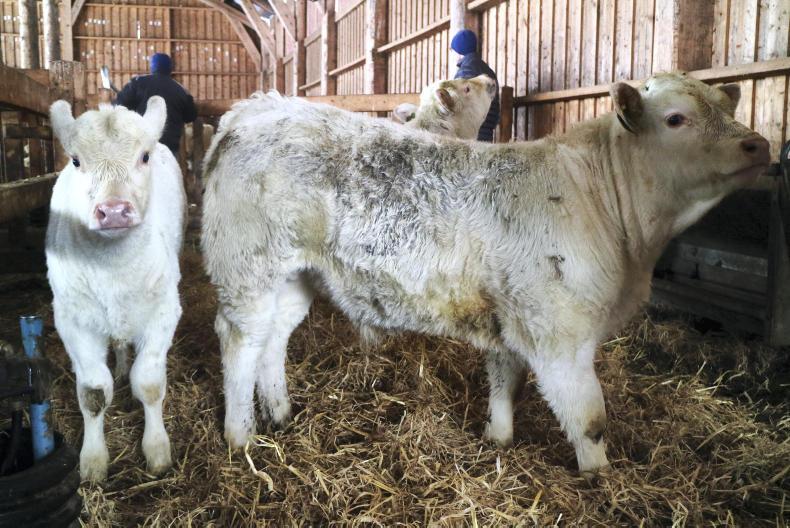
Charolais is very popular in Norway.320 – a tonne of rolled barley costs €320 in Norway.
520 – I visited a €520,000 brand new shed constructed to house a 72-cow suckler herd. There were cubicles for the cows and four calving pens. The unit had automatic climate control via movable curtain walls and flaps at the apex. Approximately €70,000 of the price was grant-aided.
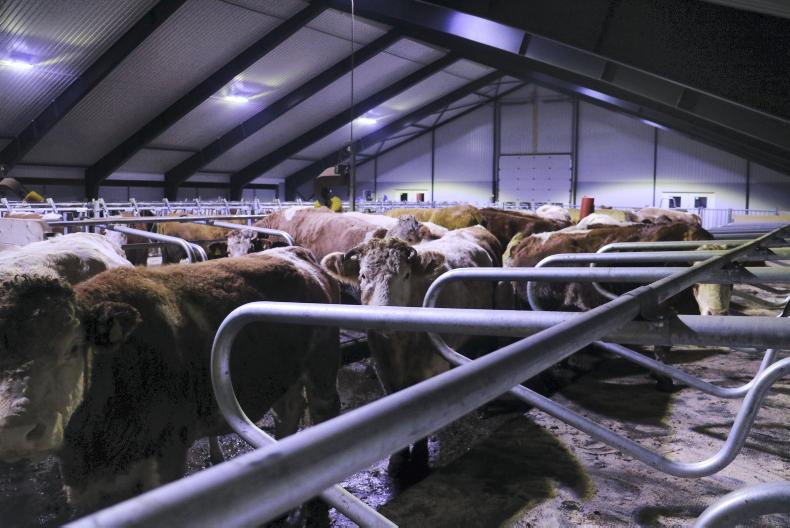
A €520,000 shed for 72 suckler cows.2 – when I visited in late January there were two feet of snow on the ground. It has been the heaviest snowfall period for a number of years. Grazing takes place from May to November and calves are creep fed outdoors from a young age.
16 – bulls and heifers are killed young, typically around 16 months and always prior to a second winter.
Fodder – unprecedented rainfall in the month of September had a significant effect on the grass silage harvest. There is a shortage of fodder in the region east of Oslo, and farmers are switching to ammonia straw and concentrate feeds to replace fodder. Sounds familiar.
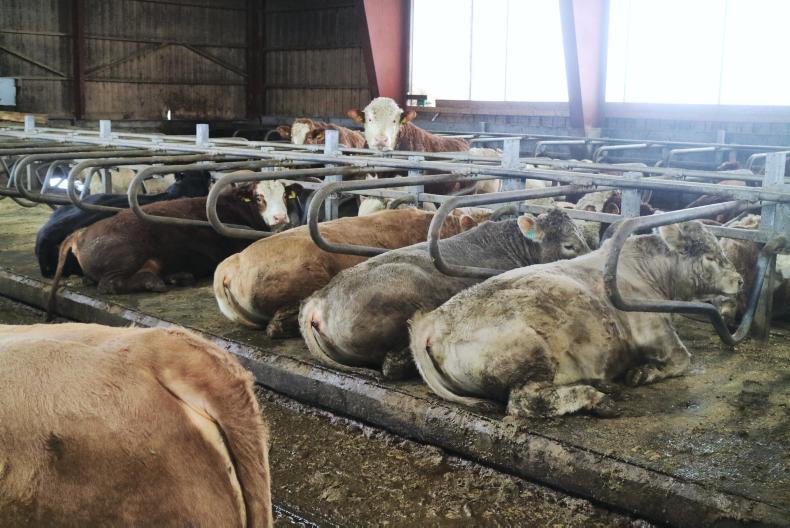
Fattening bulls on cubicles.5,000 – grazing land in the east of the country can be purchased for €5,000 per hectare.
1,400 – 350kg weanlings are worth around €1,400.
300 – target for weanlings is 300kg liveweight at 200 days.
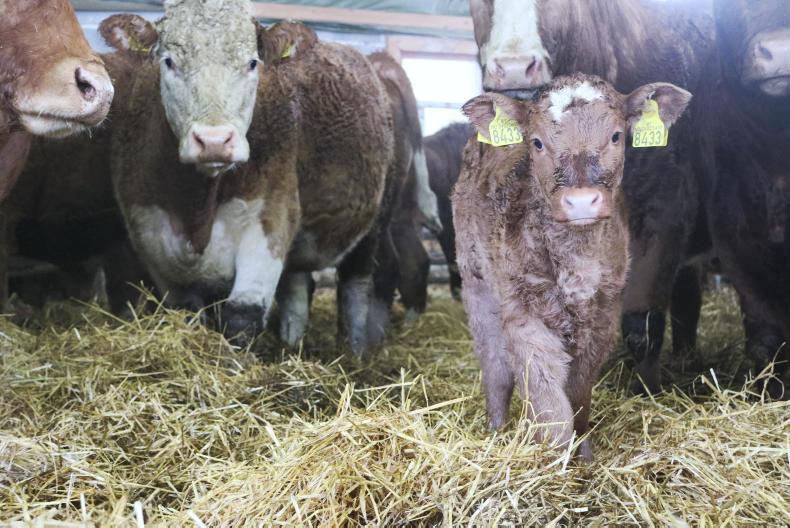
January-born suckler beef calves. They will be indoors until May.Canadian beef in numbers
Russian beef in numbers
Nebraska ‘family’ feedlot - the numbers
Protection – Norway is not part of the EU and thus outside the customs union. It is only 80% self-sufficient in beef production, importing from the EU, South America and Africa. Its farmers are heavily protected via tariffs and subsidies. By comparision, Ireland is 900% self-sufficient in beef production.
Restrictions – beef is the only animal farming enterprise not capped by the government. Dairy quotas are in place, pig farms are limited to 2,100 breeding sows and poultry farms are limited to 7,500 hens. However, to stop huge industrial farms developing, supports are only offered on the first 50 cows. Norway wants to preserve the family farm model.
7.50 – a continental bull carcase, grade U, will command a final price per kilo of €7.50, with a typical weight of 400kg at 15 months. Around €1.50 of this is paid by the government.
80,000 – there are 80,000 beef cows in Norway and 220,000 dairy cows.
1,500 – benchmark net profit per beef cow is €1,500. This includes around €500 of government subsidies. Some of these are paid based on land, some are paid per cow (~€320). A cow must be productive (calved in last 14 months) to qualify.

Charolais is very popular in Norway.320 – a tonne of rolled barley costs €320 in Norway.
520 – I visited a €520,000 brand new shed constructed to house a 72-cow suckler herd. There were cubicles for the cows and four calving pens. The unit had automatic climate control via movable curtain walls and flaps at the apex. Approximately €70,000 of the price was grant-aided.

A €520,000 shed for 72 suckler cows.2 – when I visited in late January there were two feet of snow on the ground. It has been the heaviest snowfall period for a number of years. Grazing takes place from May to November and calves are creep fed outdoors from a young age.
16 – bulls and heifers are killed young, typically around 16 months and always prior to a second winter.
Fodder – unprecedented rainfall in the month of September had a significant effect on the grass silage harvest. There is a shortage of fodder in the region east of Oslo, and farmers are switching to ammonia straw and concentrate feeds to replace fodder. Sounds familiar.

Fattening bulls on cubicles.5,000 – grazing land in the east of the country can be purchased for €5,000 per hectare.
1,400 – 350kg weanlings are worth around €1,400.
300 – target for weanlings is 300kg liveweight at 200 days.

January-born suckler beef calves. They will be indoors until May.Canadian beef in numbers
Russian beef in numbers
Nebraska ‘family’ feedlot - the numbers



















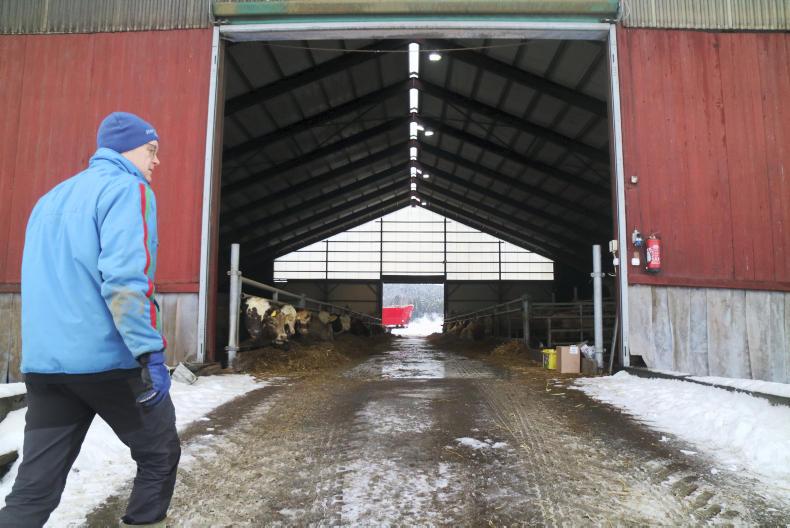
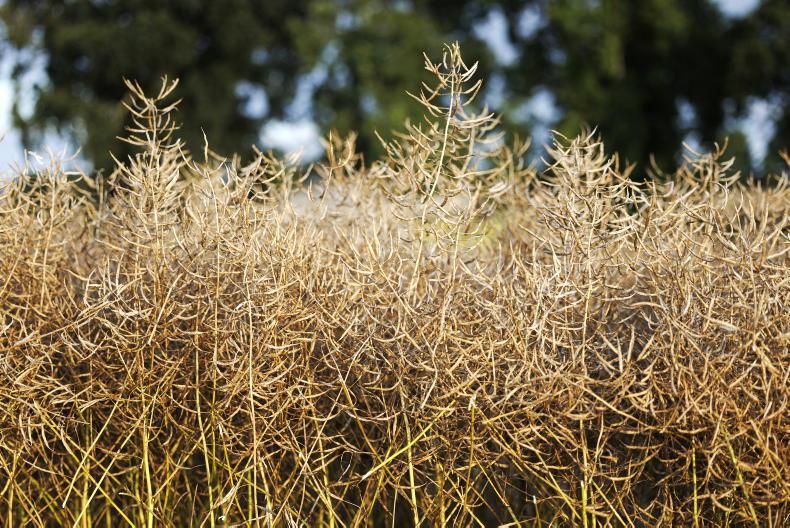

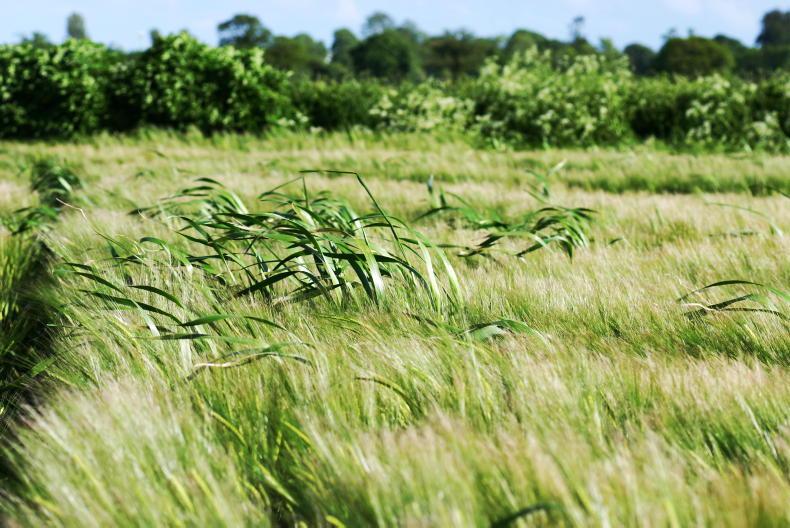
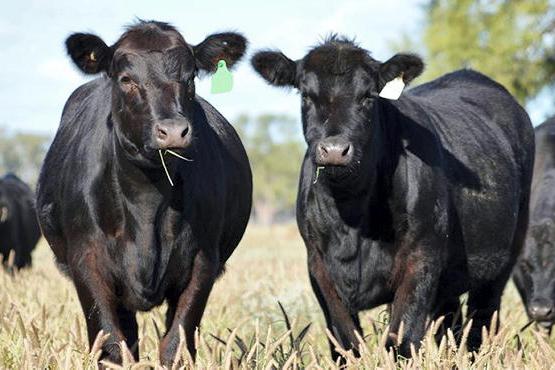
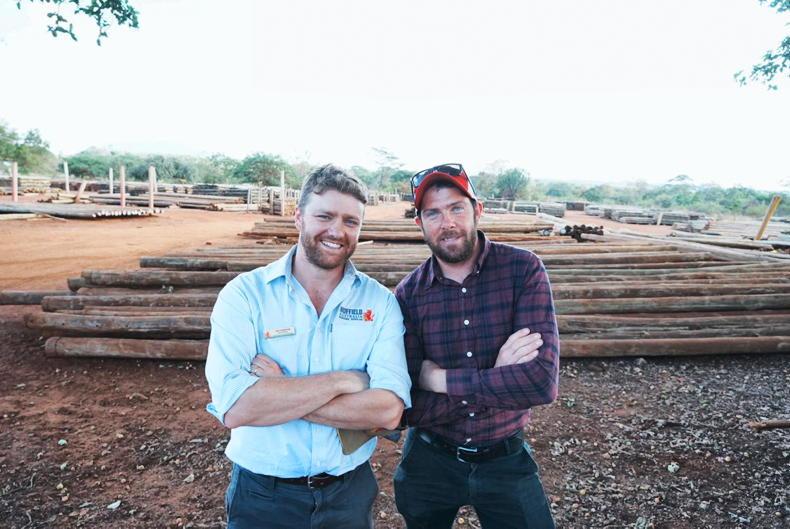
SHARING OPTIONS